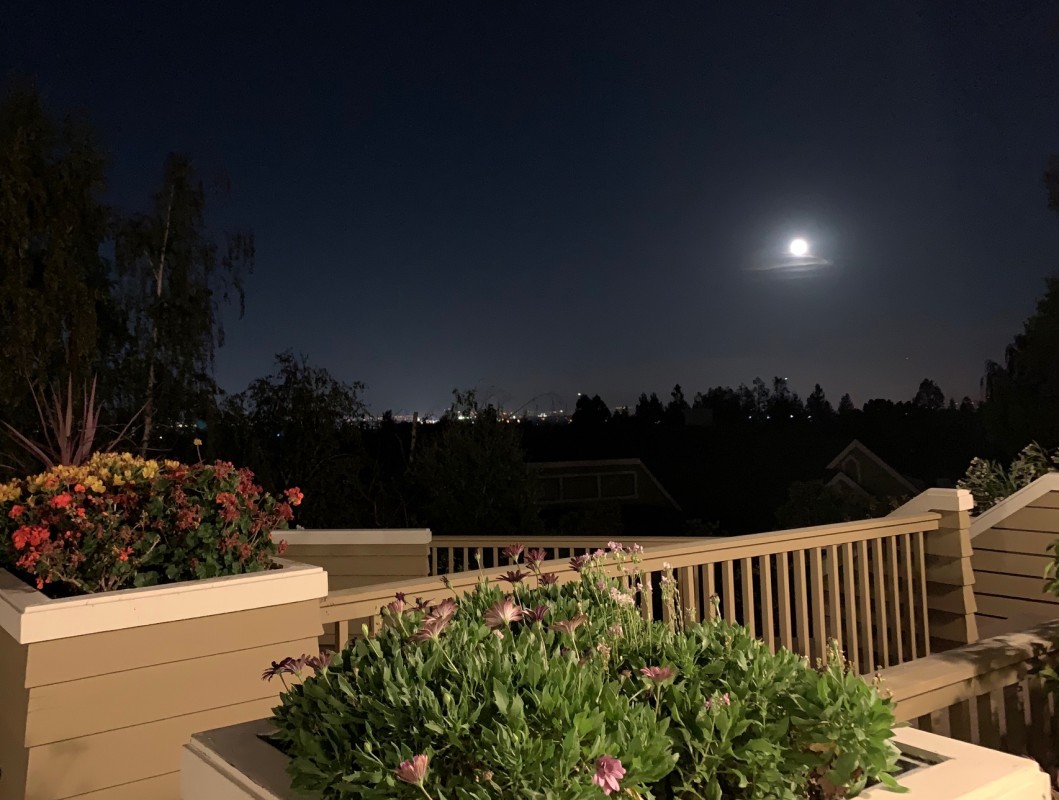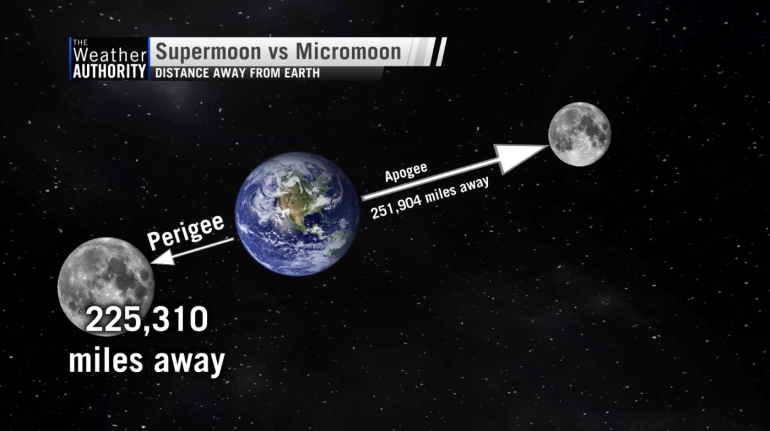 Friday the 13this believed to be an unlucky and inauspicious day by many people.
Friday the 13this believed to be an unlucky and inauspicious day by many people.
However, this past Friday the 13th, many people were lucky enough to see something that comes only once every two decades, the harvest 'micromooon.’
Harvest moons are typically large and orange, but this past week we see an unusually small moon in place of a larger one. But before we get into the specifics about this 'micromoon,' let us understand how a harvest moon occurs in the first place.
The Occurrence of a Harvest Moon
The full moon that occurs closest to the Fall equinox is regarded as the harvest moon. The fall equinox marks the beginning of Autumn and occurs when the sun crosses the Earth's celestial equator. The celestial equator is an imaginary extension of the Earth’s equator line that is tilted 23.4 degrees due to Earth's slanted orbit. When the sun crosses this equator we see the harvest moon and the beginning of the fall season.
 Typically, the moon rises 50 minutes later each day, but during the Fall equinox, the number 50 turns into 30. This early moonrise allows farmers to work into the night during the peak of the harvest season - thus giving rise to the name harvest moon. Read our earlier detailed article here.
Typically, the moon rises 50 minutes later each day, but during the Fall equinox, the number 50 turns into 30. This early moonrise allows farmers to work into the night during the peak of the harvest season - thus giving rise to the name harvest moon. Read our earlier detailed article here.
Why the Term ‘Micromoon’?
The term micromoon is used to describe when a full moon occurs at the apogee. The apogee is the farthest point the moon is from the Earth -- as you know the moon's orbit around the Earth is elliptical. This increased distance from the Earth to the moon shrinks its apparent size by 14 percent. Due to this, many people call this moon the ‘micromoon.’
While the moon reaches its apogee every year, it is the first time since 2000 that the moon has reached its apogee during the fall equinox and on Friday the 13th- making this moon a once in a lifetime opportunity for many.
Sources: Almanac, LiveScience, Earthsky, Smithsonian






